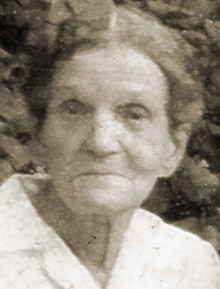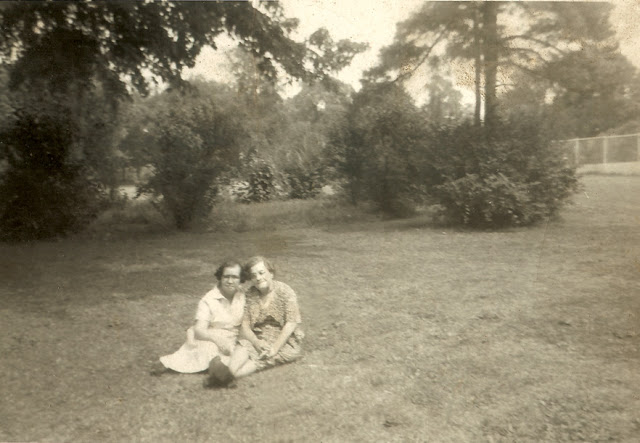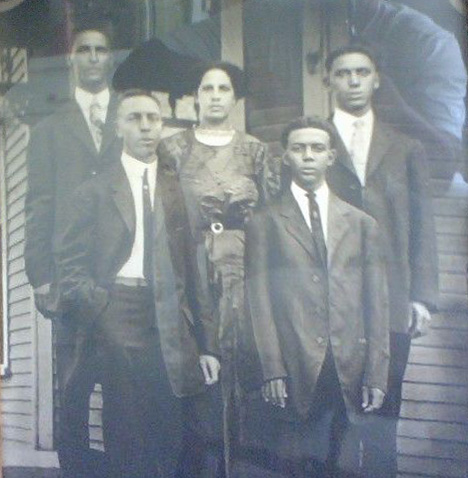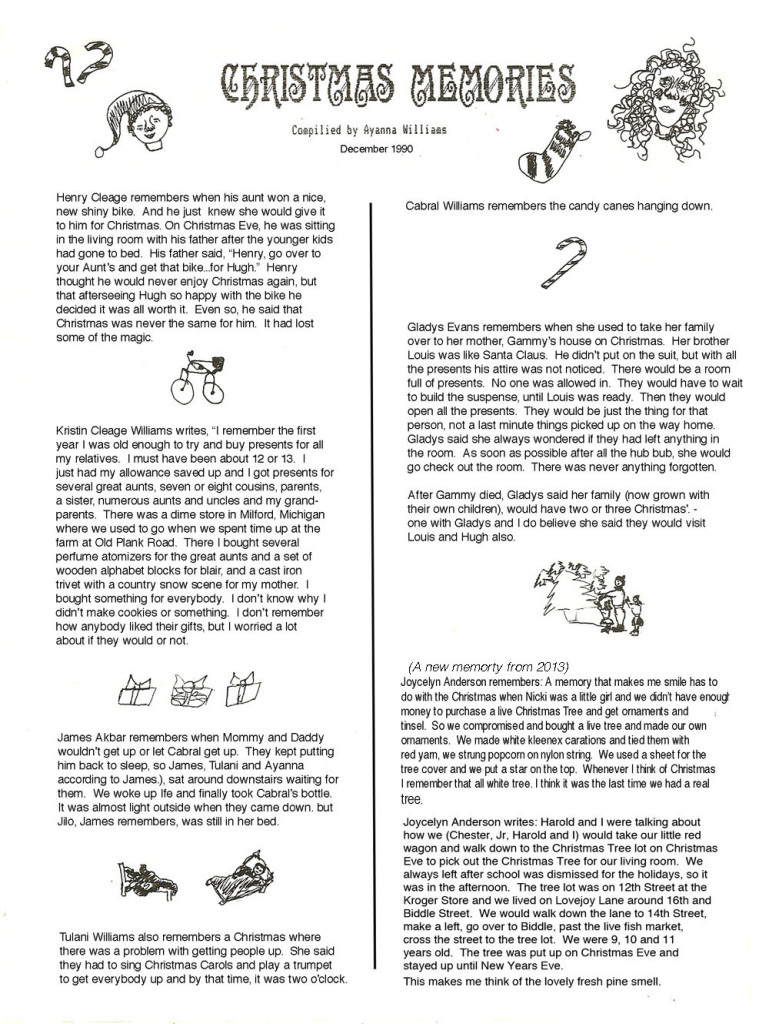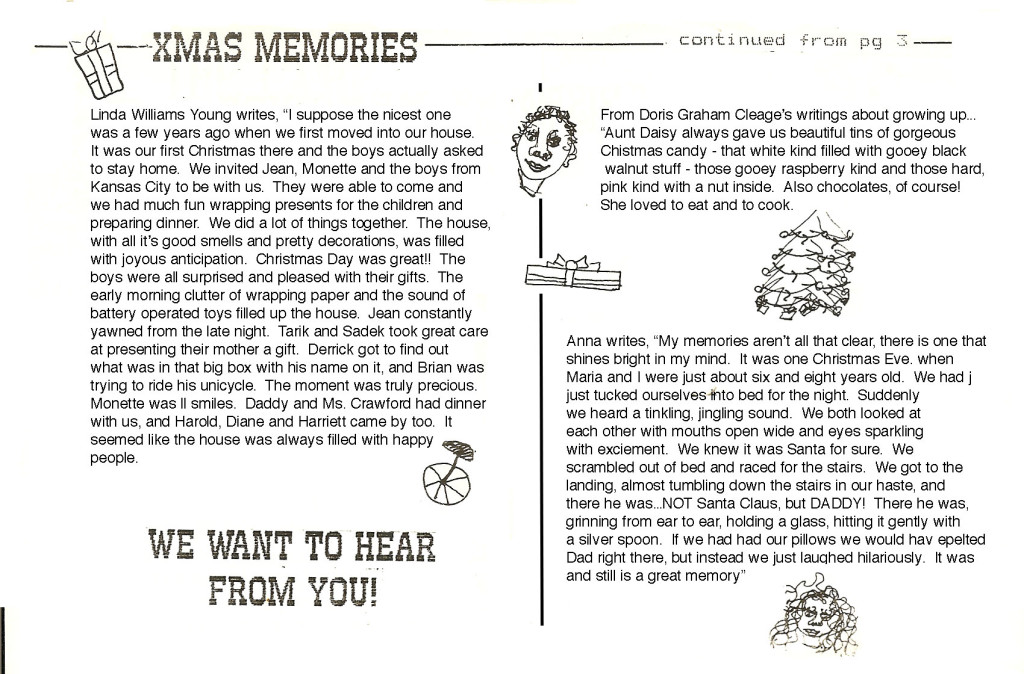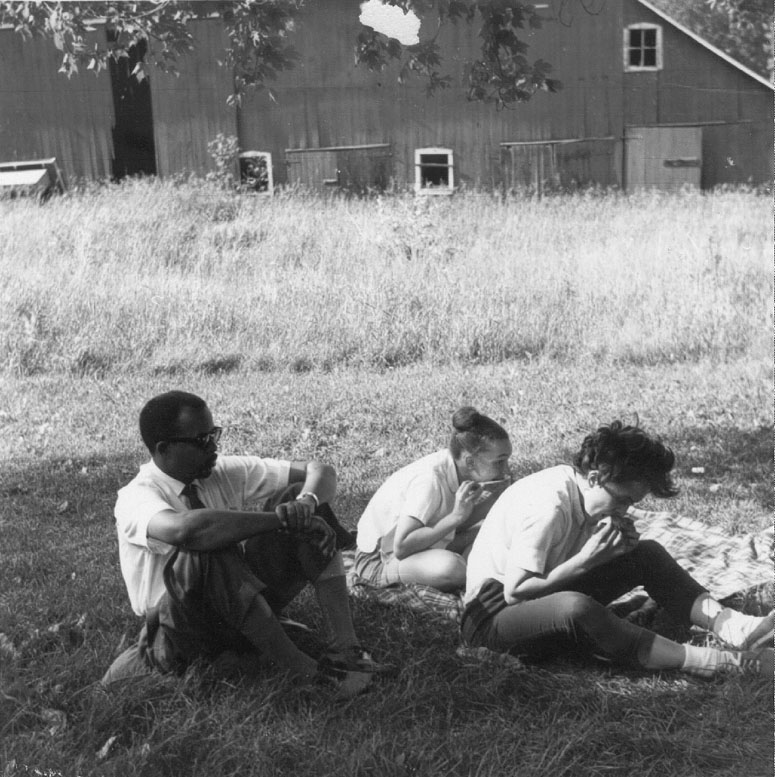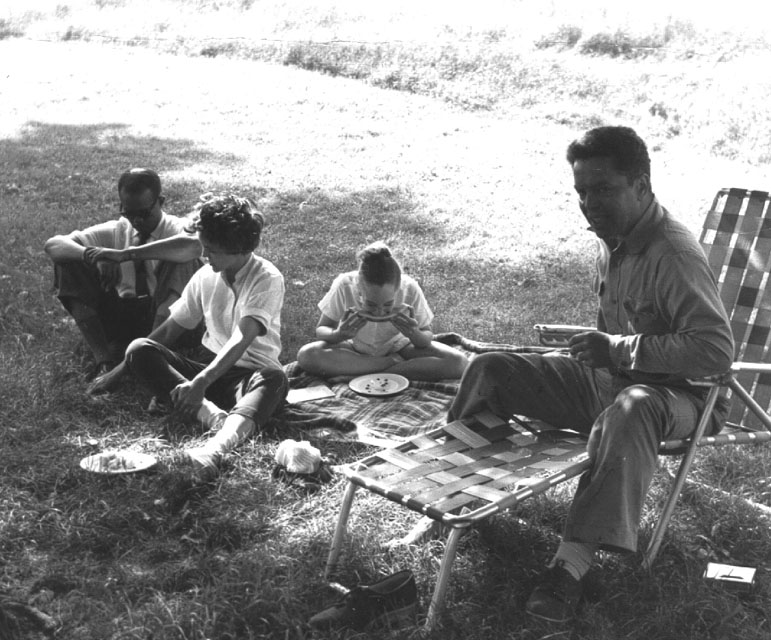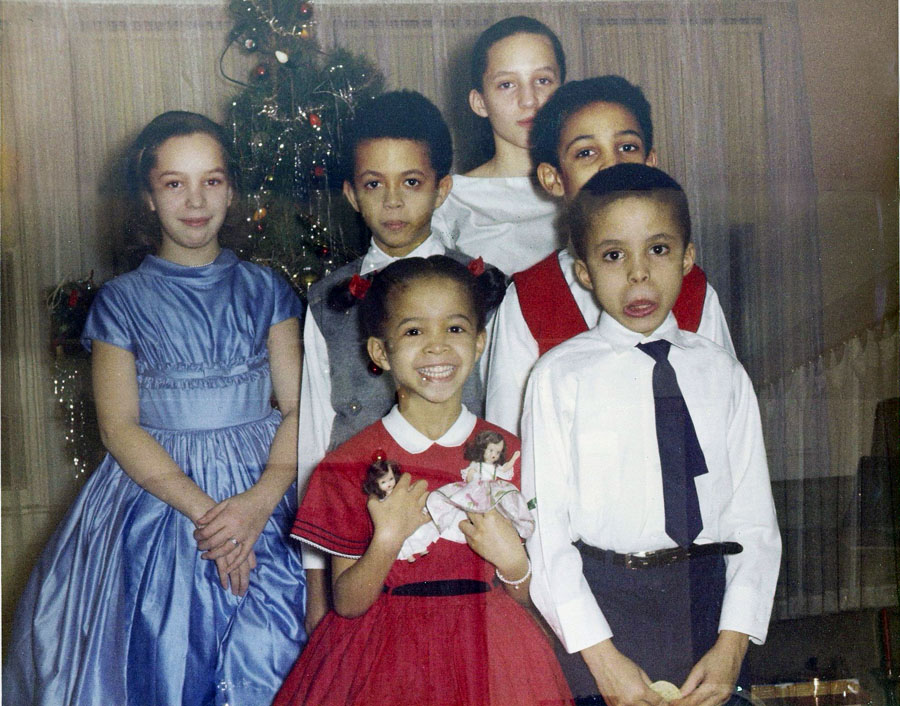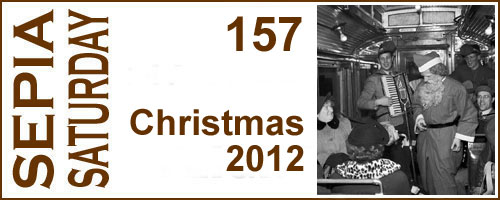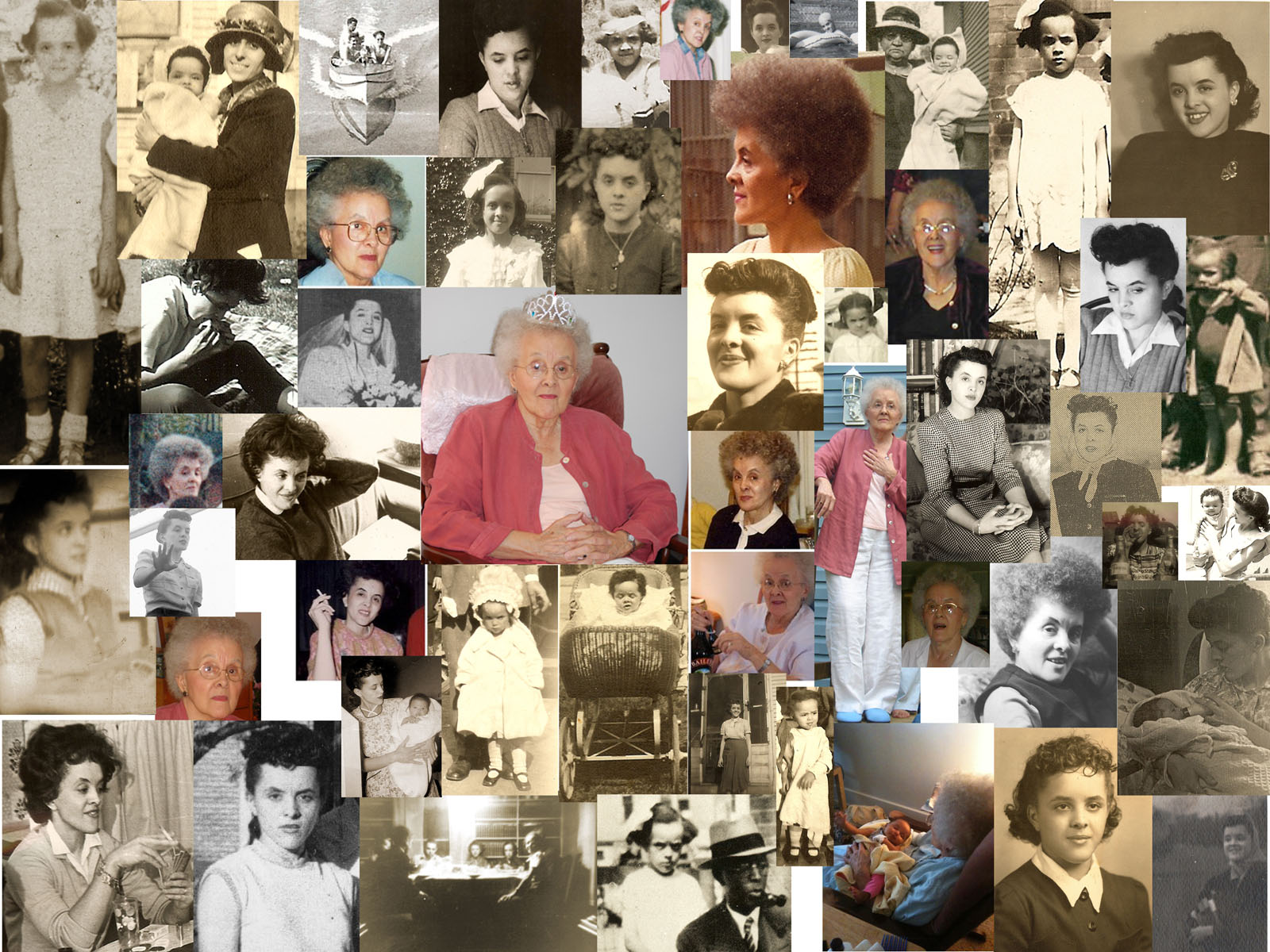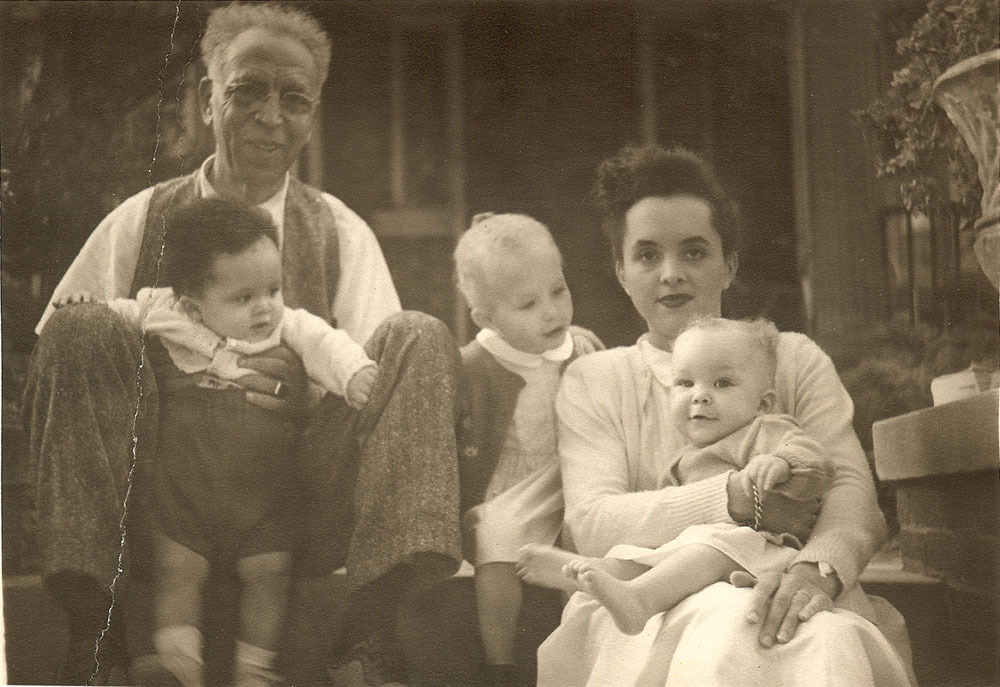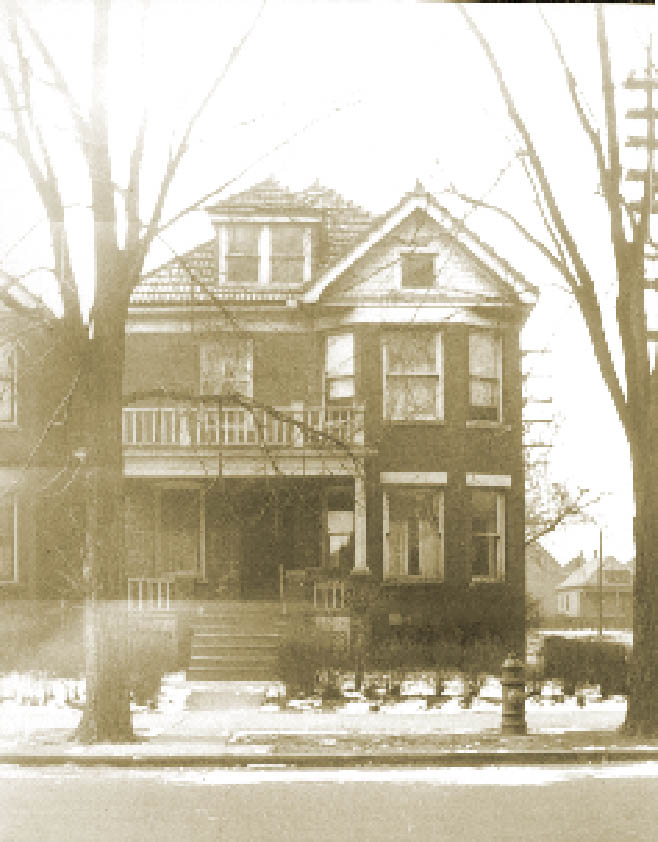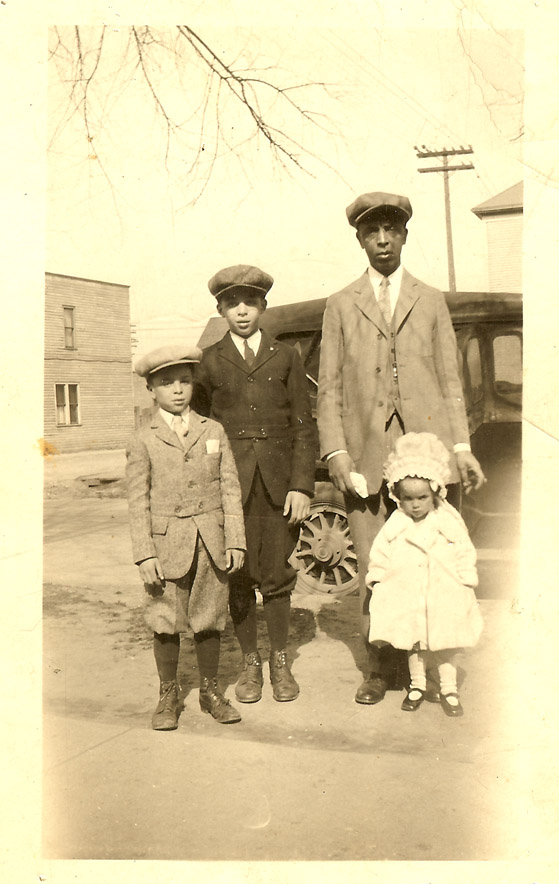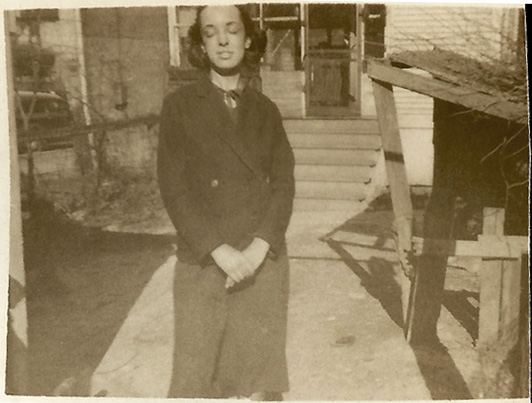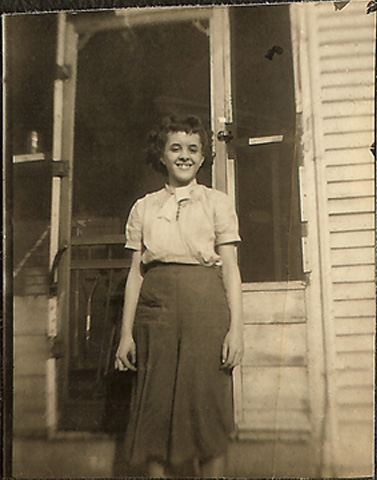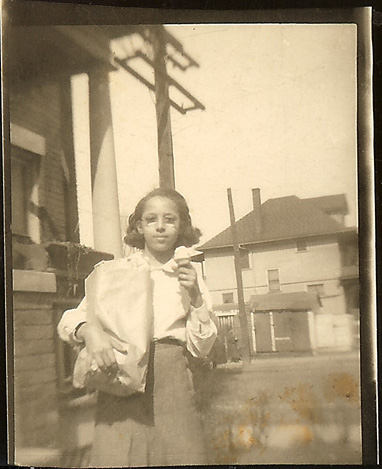
Because my family seemed to socialized mainly with each other and a few long time family friends, I saw a lot of my aunts and uncles. When I was growing up, we spent every Saturday with my mother’s sister, Mary V. and her daughters at our maternal grandparents. We all rode over and back together. We also lived down the street and went to the same school so we saw her often.
My father’s family was very close and worked on political and freedom causes together through the years. We all went up to Idlewild together. Uncle Louis was our family doctor. My first jobs were working with Henry and Hugh at Cleage Printers. I babysat one summer for Anna and Winslow. I worked at North Detroit General Hospital in the pharmacy with Winslow. I worked with Gladys and Barbara at the Black Star sewing factory. My mother married my Uncle Henry years after my parents divorced so he was like a second father to me. I raked their memories for stories about the past for decades.
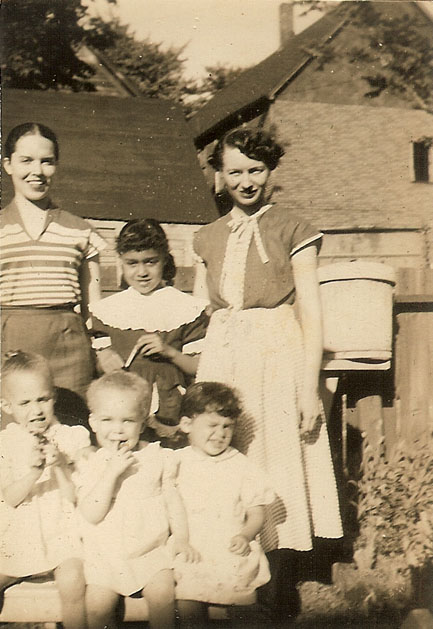
I had 4 aunts and 5 uncles, by blood. Two of my uncles died when they were children so I never knew them. All of my aunts married so there were 4 uncles by marriage. Three, Ernest, Frank and Edward, were eventually divorced from my aunts. I didn’t see them very much after that. Ernest lived in NYC and only appeared now and then so I didn’t know him very well beyond the fact he was very good looking and polite. Uncle Frank, who we called ‘Buddy’, was a an electrician. I remember him taking us to Eastern Market and boiling up a lot of shrimp,which we ate on soda crackers. And a story he told about a whirling dervish seen in the distance that turned into a dove. Edward, who we called Eddie was a doctor and I remember little about him except he was quiet and when I had a bad case of teenage acne, offered to treat it for me. Uncle Winslow was there to the end. I saw him often and I felt very connected to him. He had a wicked sense of humor and liked to talk about the past when I was in my family history mode. None of my uncles were married during my lifetime so I had no aunts by marriage.
We didn’t call our aunts and uncles “aunt” and “uncle”. We called them by their first names only. I did know two of my great aunts, my maternal grandmother’s sisters, Daisy and Alice. I knew one of my 2 X great aunts, Aunt Abbie. She lived with my grandparents until she died in 1966. Aunt Abbie was Catholic and I still have a Crucifix that she gave me.
I remember calling Daisy “Aunt Daisy”, but Alice was just “Alice”. Aunt Daisy had a distinctive voice and she laughed a lot. I remember going to dinner at their house once, and going by on holidays.
There were a host of great aunts and uncles that I never met but I knew from stories about them so that I felt like I knew them. Aunt Minnie and Uncle Hugh were my paternal grandmother’s siblings. I must have met several of my paternal grandfather’s siblings but I was small and don’t remember them, Uncle Jake, Uncle Henry, Aunt Josie and their spouses. And on the maternal side I heard so much about my great grandmother Jennie’s siblings that I felt I knew them too. When I started researching, these were not strangers – Aunt Willie, Aunt Mary, Aunt Beulah, Aunt Anna.

We didn’t call any of my parent’s friends ‘aunt’ or ‘uncle’. Not surprising since we didn’t call our own aunts and uncles, ‘aunt’ and ‘uncle’.

